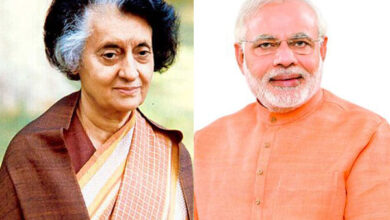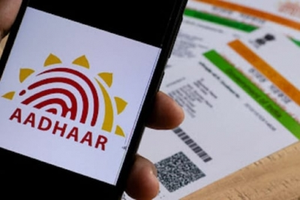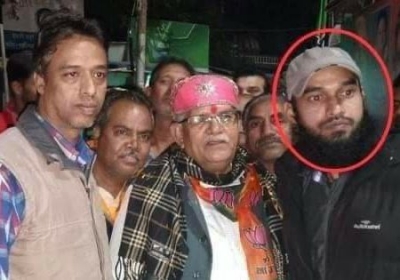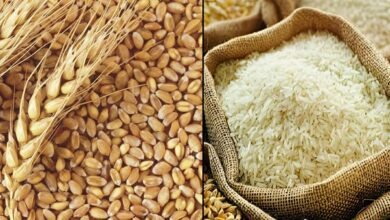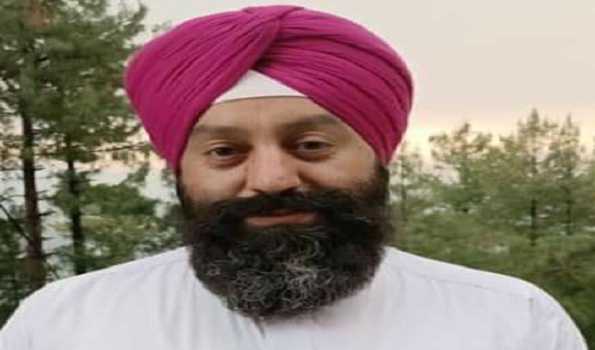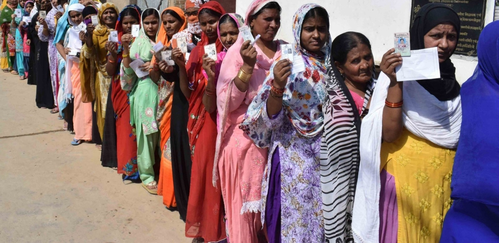
New Delhi, Sep 3 : As Rajasthan, Madhya Pradesh, Telangana and Chhattisgarh gear up for assembly polls, it is very much the season of dishing out revdi — not the popular winter snack, but that which warms up the political contenders’ enthusiasm to win elections!
Revdi, as freebies are colloquially called, is a common phenomenon during election time that takes centrestage. And with it comes the expected debate between the ruling and the opposition parties regarding freebies v/s welfare measures — a line that clearly divides parties into two groups: those that support freebies and those who vehemently criticise it.
The debate (and the concern) has been intense, and reached a point that on January 22, 2022, before the impending Uttar Pradesh assembly election when parties were competing with tall promises of free electricity, water and other essentials, BJP leader Ashwini Kumar Upadhyay filed a petition in the Supreme Court.
He contended and argued that recognising parties promising freebies to woo voters before the polls must be stopped as if it is an offence to distribute money before the polls, then it is also an offence to do that after winning.
Prime Minister Narendra Modi later remarked that parties promote the ‘revdi’ culture and that is a hindrance in the nation’s economic development. This remark came particularly with reference to the Aam Aadmi Party (AAP), Congress, Telangana Rashtra Samithi (TRS), YSR Congress and DMK.
The AAP retorted that providing quality service free of cost is no ‘revdi’. The Congress maintained that waiving off the loans of big corporate houses amounts to ‘revdi’. The TRS remarked that the Prime Minister has denigrated free welfare schemes that benefit the poor.
However, the Supreme Court held that “We cannot prevent political parties from making promises. The question is what constitutes the right promises. Can we describe the promise of free education as a freebie? Can free drinking water, minimum essential units of power, etc be described as freebies? Can consumer products and free electronics, be described as welfare?”
Senior advocate Abhishek Manu Singhvi, representing the AAP, said that there is a difference between freebies and welfare schemes. Solicitor General Tushar Mehta, who represented the Union government, said that social welfare does not mean distributing everything for free. Eventually, the Supreme Court referred the matter to a three-judge bench.
Earlier in 2013, the Supreme Court gave a landmark judgement regarding declarations and promises in the ‘Subramanian Balaji vs Tamil Nadu’ case, whereby the petitioner in 2006, had legally challenged the promise of distributing free colour TV sets by the DMK after winning the Tamil Nadu assembly elections. Back then, the apex court had held that promises made in the election manifesto cannot be called “corrupt”.
As the debate rages in the legal arena, it is important to draw a distinction between a freebie and a welfare scheme—especially with regard to how that impacts the economy.
It may be argued that the state ensuring essentials such as electricity, water, food and housing, i.e. ensuring the means for a very basic dignified living, would be a minimum standard in a prospering developed country. These genuine welfare measures could in turn serve to bolster the economy.
‘State Finance: A Risk Analysis’, a report released by the RBI in June 2022, stated that the slowdown in state revenues and increasing subsidy burden have added to the state government’s debt. The RBI also considered non-merit freebies as one of the reasons.
Former Union Finance Minister P. Chidambaram is on record stating this in his tenure as Finance Minister, He published a report on subsidies that distinguished between merit and non-merit subsidies. He explained that a merit subsidy is one that has a number of indirect benefits.
The RBI report reveals that the share of subsidies in the total revenue expenditure of states has increased from 7.8 per cent in 2019-20 to 8.2 per cent in 2021-22 and states like Punjab and Chhattisgarh are on top as they spend 10 per cent of their revenue expenditure on subsidies.
The report also reveals that the debt-GSDP ratio is the highest in Punjab, Rajasthan, Kerala, West Bengal, Bihar, Andhra Pradesh, Jharkhand, Madhya Pradesh, Uttar Pradesh, and Haryana. The RBI said that the “financial health of these states should be carefully assessed as they have a greater focus on social welfare.”
Chidambaram agreed that “Fiscal health is important, but as long as a state has the capacity to borrow (which, by the way, is approved by the Central government) and the capacity to service the debt, we should not worry too much about the expenditure on health, education, and other welfare measures.”
It is widely believed that the responsibility for increasing debt on the states lies with the Centre because when the state borrows, it seeks permission from the Centre and the RBI. It then follows that when debt was mounting on the states, why did the Union government not heed it in time?
Further, freebies may be too stark an incentive to draw votes but populist schemes, which too are very often resorted to by the ruling parties, are not intended otherwise. subsidy bills on food, petrol and fertilizers, etc by the Central government to boost GDP is an example.
Here the difference may be observed that given the vast difference between the scales of operations, it is called ‘populist scheme’ especially when the Centre does it, and ‘freebies’ when the state does it.
Moreover, if the debate is pegged on welfare schemes, then the concern is clearly diluted and diverted with the quick-fix of ‘freebies’ when elections approach, instead of lasting and impactful development.
A pertinent reminder: At the time of Independence, most nations of Southeast Asia stood comparably in terms of development, but by the mid 1960s many surpassed India as they focused on health and education much more than India did.


